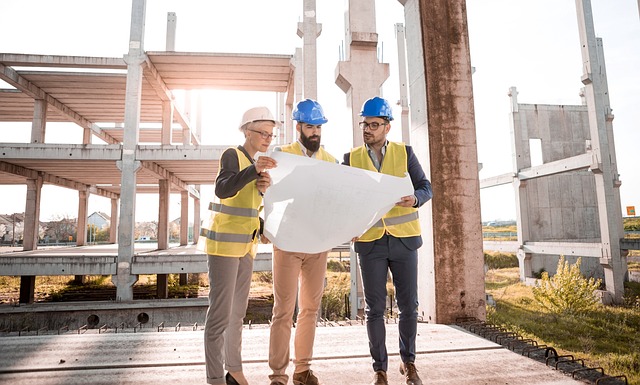Heavy lifting is a common task on construction sites, manufacturing facilities, and various other workplaces. While such tasks are essential, they come with significant safety risks that can result in accidents. In some cases, serious injuries or even fatalities could result if lifting is not executed with caution. To mitigate these risks and ensure a safe working environment, you should implement stringent safety measures for heavy lifting on the job site. This overview will discuss six key safety measures that are paramount for preventing accidents and ensuring the well-being of workers involved in heavy lifting operations.
1. Training and Certification
One of the fundamental safety measures for heavy lifting is ensuring that the personnel involved in these tasks are adequately trained and certified. Workers need to have a clear understanding of the equipment they are using, as well as the principles of safe lifting and load handling. Proper training should cover aspects such as load capacity, center of gravity, rigging techniques, and signal communication. Workers should also be aware of the importance of checking equipment and machinery before and after use to identify potential hazards. In addition to equipment handling, comprehensive training should encompass hazard recognition, risk assessment, and safety protocols to make sure workers are well-prepared for any situation.
2. Proper Equipment Selection
Selecting the appropriate equipment for a specific lifting task is vital for safety. Employers must make sure that cranes, forklifts, hoists, and other lifting machinery are well-maintained and suitable for the intended purpose. Equipment should be inspected regularly, and any damaged or worn-out components should be replaced promptly. When choosing equipment, you have to consider factors such as load capacity, reach, and the environment in which it will be used to prevent accidents. In some situations, an overhead crane might be the best choice because of its efficiency, strength, and ability to move on its own. Remember to also take into account any relevant environmental factors such as wind, temperature, and the proximity of other workers, as these can impact the safety and stability of the lifting operation.
3. Pre-Operational Checks
Before commencing any heavy lifting operation, workers will need to perform thorough pre-operational checks on equipment and the lifting area. This involves inspecting the equipment’s condition, verifying the load’s weight and stability, and assessing the ground or surface where the lifting will take place. Plus, someone will need to check if there are electrical lines or other obstructions in the way. Proper pre-operational checks can help identify potential issues or hazards that need to be addressed before lifting. This can greatly reduce the risk of accidents and help keep everyone safe.
4. Rigging and Securing Loads
Loads need to be properly rigged and secured if you’re going to be safe when lifting them. Workers should be trained in the correct methods for attaching loads to lifting equipment. They also have to understand how to effectively secure them to prevent shifting or falling during transportation. This includes the use of appropriate slings, hooks, and other rigging hardware. Ensuring that the load is balanced and secure will result in stability during lifting operations.
5. Communication and Signaling
Clear communication and signaling are necessary if you’re going to coordinate heavy lifting activities effectively. Workers involved in the operation, including equipment operators, riggers, and spotters, must use standardized communication devices to relay instructions and information. This helps prevent misunderstandings and ensures that all team members are on the same page, reducing the risk of accidents due to miscommunication. Effective communication can involve using hand signals and verbal cues. Consider taking advantage of advanced technology like radios or headsets to enhance coordination.
6. Safety Protocols and Emergency Response Plans
Incorporating safety protocols and emergency response plans specific to heavy lifting operations is crucial. These plans should detail the steps to follow in the event of an accident, equipment malfunction, or sudden changes in lifting conditions. They should specify the change of command and designated assembly points as well. Regular drills and training exercises should be conducted to familiarize workers with these protocols. This way, they can respond swiftly if any dangerous situation were to arise.
Conclusion
Safety measures can protect workers and prevent accidents. By following the tips listed above, you can significantly reduce the risks associated with heavy lifting operations. Keep in mind that everyone at work plays a role in everyone else’s safety. It’s the responsibility of both employers and employees to work together to create a safe working environment. Everyone needs to have the same goal so that heavy lifting is conducted with the utmost caution and care.
